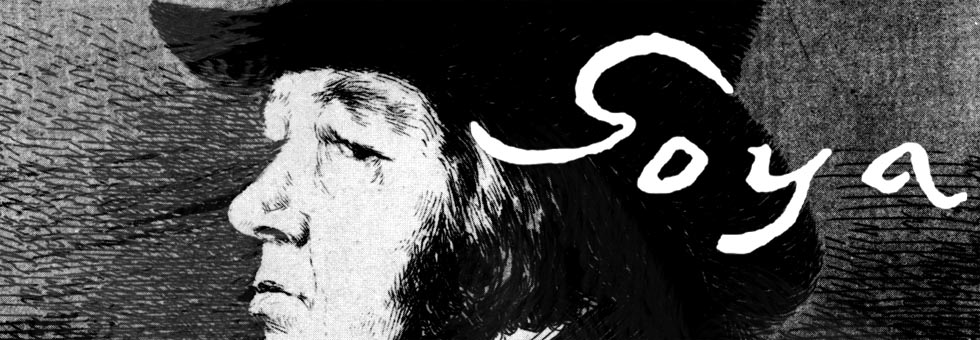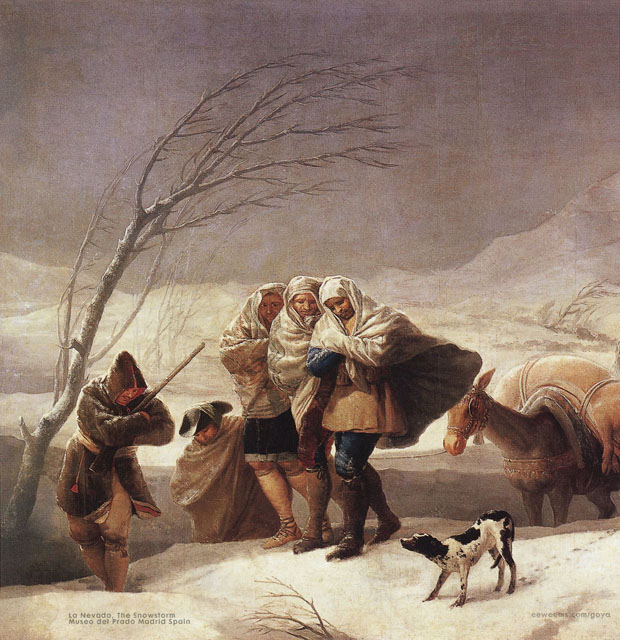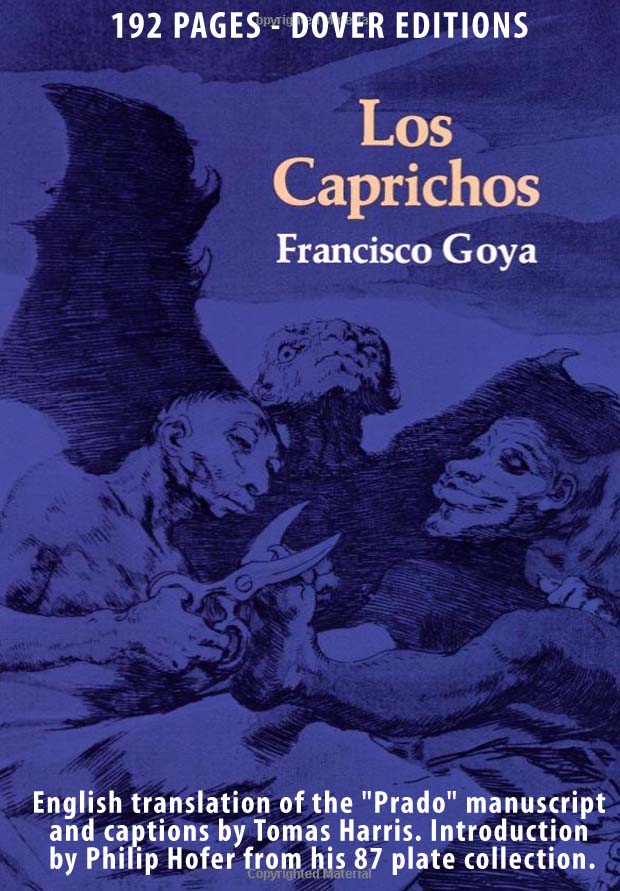Goya - La nevada
The Snowstorm
also called
Winter
La nevada
1786 – 1787 Oil on linen
108 x 122 inches
275 cm x 293 cm
Museo del Prado Madrid Spain
The preliminary sketch for this painting (in the Everett D. Graff Collection in Chicago) depicts the figures with a single blanket for covering instead of the three separate garments shown in the finished oil on linen. A second difference between the two is that the weather conditions of the preliminary seem to indicate the falling of sleet and snow, whereas the final art has only small snowflakes.
These tapestry cartoons are usually said to have been used by the Spanish King Carlos III (Charles III) to remind himself of the conditions of the Spanish poor, and this image (along with a different image known as Autumn, which, along with La nevada) were paintings that Goya completed during his first year as an employee of the King (he was contracted, along with his brother-in-law Ramón Bayou, in June 1786. Goya had first applied for the position in 1779).
A particular pattern noted by Fred Licht in his book on Goya is that weather paintings are broken into segments in which the peasantry is shown in the harsher seasons of winter and summer, and the aristocracy is shown in environments of Spring and Fall.
AMAZON
Goya The Terrible Sublime - Graphic Novel - (Spanish Edition) - Amazon
"From this headlong seizure of life we should not expect a calm and refined art, nor a reflective one. Yet Goya was more than a Nietzschean egoist riding roughshod over the world to assert his supermanhood. He was receptive to all shades of feeling, and it was his extreme sensitivity as well as his muscular temerity that actuated his assaults on the outrageous society of Spain." From Thomas Craven's essay on Goya from MEN OF ART (1931).
"...Loneliness has its limits, for Goya was not a prophet but a painter. If he had not been a painter his attitude to life would have found expression only in preaching or suicide." From Andre Malroux's essay in SATURN: AN ESSAY ON GOYA (1957).
"Goya is always a great artist, often a frightening one...light and shade play upon atrocious horrors." From Charles Baudelaire's essay on Goya from CURIOSITES ESTRANGERS (1842).
"[An] extraordinary mingling of hatred and compassion, despair and sardonic humour, realism and fantasy." From the foreword by Aldous Huxley to THE COMPLETE ETCHINGS OF GOYA (1962).
"His analysis in paint, chalk and ink of mass disaster and human frailty pointed to someone obsessed with the chaos of existence..." From the book on Goya by Sarah Symmons (1998).
"I cannot forgive you for admiring Goya...I find nothing in the least pleasing about his paintings or his etchings..." From a letter to (spanish) Duchess Colonna from the French writer Prosper Merimee (1869).
GOYA : Los Caprichos - Dover Edition - Amazon





